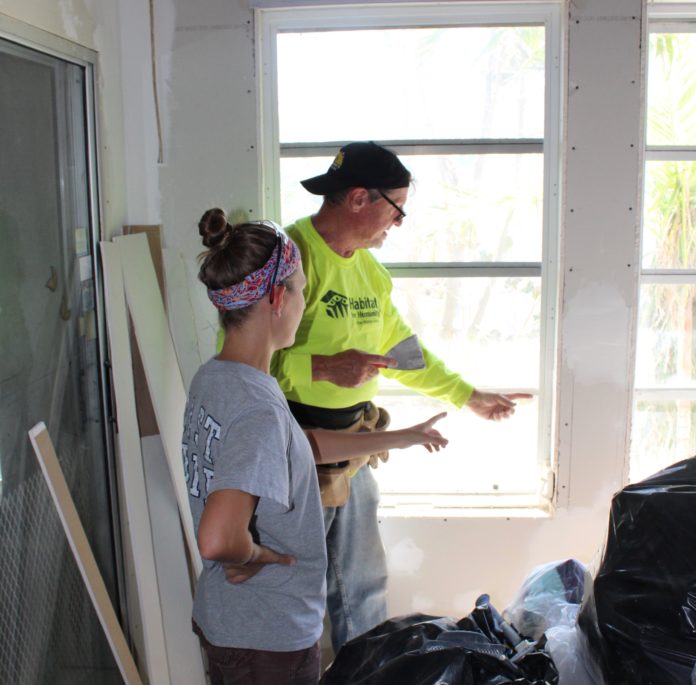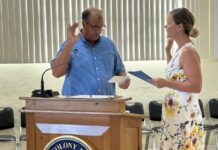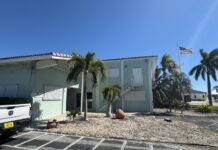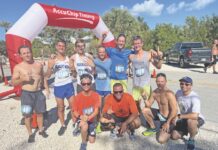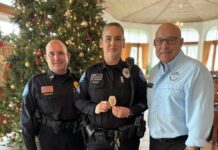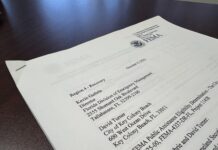For someone paying close attention, Hurricane Irma-damaged homes tucked into Marathon’s oceanside neighborhoods can be overlooked.
The insides of these houses, however, tell a different story. With the help of a few different agencies, repairs are being made one house, one nail, one sheet of drywall at a time.
Five U.S. Coast Guard volunteers, through Habitat of Humanity for the Middle Keys, were volunteering last week at the 27th Street home of Gloria Goodman.
The two-bedroom house built in 1965 had water damage and blown-out windows.
Neil Tweardy, disaster recovery coordinator for Habitat of the Middle Keys, talked over the sound of volunteers hanging drywall in Goodman’s living room.
“This is a house that the STEP program has already worked on,” he said.
That’s the Federal Emergency Management Agency’s Sheltering and Temporary Essential Power program (STEP). It was a $10 million grant program in the Keys, providing up to $20,000 in repairs to more than 100 homes damaged but not destroyed by the storm. The program ended March 31, but volunteers and Habitat workers are picking up where the STEP left off.
“On this level, Gloria’s house is the first one we’ve repaired to this extent,” Tweardy said. “We’re working on potentially five or six more in the Middle Keys.”
At Goodman’s house, all of the electric wiring has been redone and new drywall is going in along with new windows.
“We’ll do the floors at some point too,” Tweardy said.
Habitat is looking for more volunteers to help with repairs like those at Goodman’s.
“I’m very grateful for Habitat’s volunteers, the STEP program and the help of my friends. I can’t thank them enough,” Goodman said. “It’s been a long, hard struggle.”















